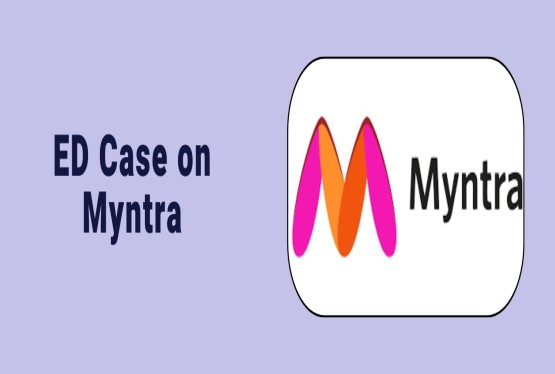The Ministry of Corporate Affairs (MCA) has announced the launch of the final set of 38 company forms on its V3 MCA21 portal, which will be effective from July 14, 2025. This set includes 13 annual filing forms and 6 audit forms. This development marks another big milestone in MCA’s journey to modernize corporate governance, compliance, and digital filings in India. This article explains each part of the announcement, detailing the forms, deadlines, and transition steps, and also provides a complete background on the MCA journey, how it evolved from the V1 system to the V2 system, and now into the more advanced V3 system. We also explain the roles of the Registrar of Companies (RoC), Central Registration Centre (CRC), Central Processing Centre (CPC), Central Scrutiny Centre (CSC), and Centre for Processing Accelerated Corporate Exit (C-PACE).
MCA Announcement on V3 Launch
The MCA shared that its final set of 38 company forms will go live on the MCA21 V3 portal from July 14, 2025, starting at 12:00 AM. These forms include important documents like annual returns, financial statements, audit-related filings, and other essential corporate compliance forms.
To ensure a smooth transition, MCA has laid down clear instructions for stakeholders:
- E-filings on the old V2 portal will be disabled from June 18, 2025, 12:00 AM. Stakeholders must ensure that all pending Service Request Numbers (SRNs) are cleared, especially those under payment or resubmission status.
- Offline payments under the Pay Later option in V2 will be stopped from June 8, 2025, 12:00 AM. Stakeholders are requested to make payments only through online modes such as credit cards, debit cards, or net banking.
- The V3 portal will remain unavailable from July 9, 2025, 12:00 AM, to July 13, 2025, 11:59 PM. Stakeholders must file or resubmit current forms before July 9, 2025, as there will be no fee waivers or resubmission extensions if deadlines fall during this downtime.
- Users must create or upgrade their IDs under the “Business User” category and associate their DSC (Digital Signature Certificate) if not already done. This ensures smooth access and authentication on the V3 system.
- Pending SRNs marked as “Pending for upload of Investor details” or “Pending for Subsidiary Details” must be completed by June 17, 2025, using the relevant MCA services. Failing this, the SRNs will be moved to NTBR (Not to be Registered) status.
This upgrade brings improved digital filing capabilities to Indian companies and professional users.
Detailed Explanation of the 38 Forms
Let’s go through the key forms one by one and explain them in simple terms.
|
No. |
Form ID |
Form Description |
Rule Chapter |
|
1 |
AOC-4 |
Filing of Financial Statements with the Registrar of Companies |
Chapter IX, The Companies (Accounts) Rules, 2014 |
|
2 |
Extract of Auditor’s Report (Consolidated) |
Extract of Auditor’s Report (Consolidated) |
Chapter IX, The Companies (Accounts) Rules, 2014 |
|
3 |
Extract of Auditor’s Report (Standalone) |
Extract of Auditor’s Report (Standalone) |
Chapter IX, The Companies (Accounts) Rules, 2014 |
|
4 |
Extract of Board’s Report |
Extract of Board’s Report |
Chapter IX, The Companies (Accounts) Rules, 2014 |
|
5 |
AOC-1 |
Statement containing salient features of the financial statement of subsidiaries/associates/joint ventures |
Chapter IX, The Companies (Accounts) Rules, 2014 |
|
6 |
AOC-2 |
Related party disclosure |
Chapter IX, The Companies (Accounts) Rules, 2014 |
|
7 |
AOC-4 NBFC |
Form for filing financial statement and other documents with the Registrar for NBFCs |
Chapter IX, The Companies (Accounts) Rules, 2014 |
|
8 |
AOC-4 NBFC CFS |
Form for filing consolidated financial statements and other documents with the Registrar for NBFCs |
Chapter IX, The Companies (Accounts) Rules, 2014 |
|
9 |
AOC-4 CFS |
Filing of Consolidated Financial Statements with the Registrar of Companies |
Chapter IX, The Companies (Accounts) Rules, 2014 |
|
10 |
AOC-4 Addendum/CSR-2 |
Report on Corporate Social Responsibility (CSR) |
Chapter IX, The Companies (Accounts) Rules, 2014 |
|
11 |
AOC-4 (XBRL) |
Filing of Financial Statements with the Registrar of Companies in XBRL format |
Chapter IX, The Companies (Accounts) Rules, 2014; Companies (Filing of Documents and Forms in XBRL) Rules, 2015 |
|
12 |
MGT-7 |
Annual Return (other than OPCs and Small Companies) |
Chapter VII, The Companies (Management and Administration) Rules, 2014 |
|
13 |
MGT-7A |
Annual Return (other than OPCs and Small Companies) |
Chapter VII, The Companies (Management and Administration) Rules, 2014 |
|
14 |
MGT-15 |
Report of AGM |
Chapter VII, The Companies (Management and Administration) Rules, 2014 |
|
15 |
ADT-1 |
Notice to Registrar about appointment of auditor |
Chapter X, The Companies (Audit and Auditors) Rules, 2014 |
|
16 |
ADT-2 |
Removal of auditor before expiry of his term |
Chapter X, The Companies (Audit and Auditors) Rules, 2014 |
|
17 |
ADT-3 |
Notice of Resignation by the Auditor |
Chapter X, The Companies (Audit and Auditors) Rules, 2014 |
|
18 |
ADT-4 |
Filing of Form ADT-4 to the Central Government |
Chapter X, The Companies (Audit and Auditors) Rules, 2014 |
|
19 |
GNL-1 |
Form for filing an application with the Registrar of Companies |
Chapter XXIV, The Companies (The Registration Offices and Fees) Rules, 2014 |
|
20 |
INC-22A |
ACTIVE (Active Company Tagging Identities and Verification) |
Chapter II, The Companies (Incorporation) Rules, 2014 |
|
21 |
CSR-1 |
Registration of Entities for undertaking CSR Activities |
The Companies (Corporate Social Responsibility Policy) Rules, 2014 |
|
22 |
CRA-2 |
Application to the Central Government for appointment of cost auditor |
The Companies (Cost Records and Audit) Rules, 2014 |
|
23 |
CRA-4 |
Cost audit report |
The Companies (Cost Records and Audit) Rules, 2014 |
|
24 |
CRL-1 |
Information to the Registrar by company regarding number of layers of subsidiaries |
The Companies (Restriction on Number of Layers) Rules, 2017 |
|
25 |
LEAP-1 |
Submission of Prospectus with the Registrar |
The Companies (Listing of Equity Shares in Permissible Jurisdictions) Rules, 2024 |
|
26 |
Complaint Form |
Investor complaint form |
NA |
|
27 |
23C |
Intimation of appointment of the cost auditor |
Companies Act, 1956 |
|
28 |
23D |
Intimation of appointment by the cost auditor |
Companies Act, 1956 |
|
29 |
23B |
Intimation of appointment by the statutory auditor |
Companies Act, 1956 |
|
30 |
I-XBRL |
Cost audit report (XBRL) |
Companies Act, 1956 |
|
31 |
A-XBRL |
Compliance Report |
Companies Act, 1956 |
|
32 |
20B |
Annual return |
Companies Act, 1956 |
|
33 |
21A |
Annual return |
Companies Act, 1956 |
|
34 |
23AC |
Filing balance sheet |
Companies Act, 1956 |
|
35 |
23ACA |
Filing profit and loss account |
Companies Act, 1956 |
|
36 |
23AC-XBRL |
Filing balance sheet |
Companies Act, 1956 |
|
37 |
23ACA-XBRL |
Filing profit and loss account |
Companies Act, 1956 |
|
38 |
66 |
Submission of Compliance Certificate |
Companies Act, 1956 |
MCA’s Journey: From V1 to V2 to V3
The Ministry of Corporate Affairs (MCA) has been the backbone of India’s corporate governance, ensuring businesses comply with statutory requirements. Over the years, the MCA’s digital platform—MCA21—has undergone three major versions: V1 (2006), V2 (2013), and V3 (2025), each introduced to address new challenges, improve system performance, and meet the evolving needs of India’s corporate landscape. Let’s explore each version in detail, including why they were introduced and why upgrades were necessary.
MCA V1 (2006 Launch):
When MCA21 V1 was launched in 2006, it was a pioneering move in Indian e-governance. Before this, all company filings—such as incorporation documents, annual returns, and statutory forms—were submitted manually at Registrar of Companies (RoC) offices. This resulted in massive paperwork, delays, inefficiency, and an increased risk of data loss or corruption.
MCA21 V1 was introduced as a mission-mode project under the National e-Governance Plan, aiming to:
- Digitize corporate filings
- Minimize physical visits to RoC
- Speed up approvals and compliance checks
- Provide companies with anytime-anywhere access
This version brought online submissions, payment gateways for statutory fees, digital signatures for secure filings, and an online document repository. However, as pioneering as V1 was, it had limited flexibility. The system could not adapt to frequent changes in corporate laws, nor could it easily accommodate updates to forms or integrate with other government systems. Moreover, with the rising number of companies and filings, the system began showing capacity bottlenecks.
MCA V2 (2013 Launch):
By 2013, India’s corporate environment was significantly larger and more complex. The Companies Act, 2013 introduced sweeping changes that required new forms, compliance structures, and reporting formats. To handle this, the MCA upgraded to MCA21 V2.
V2 provided:
- Improved form designs that aligned with new legislative requirements
- A more stable IT platform to handle increased transaction volumes
- Enhanced backend integration with payment systems and authentication modules
The upgrade to V2 was driven by both legal necessity (due to the new Companies Act) and technological necessity (to avoid system crashes and service delays). While V2 succeeded in stabilizing operations and improving the user experience, it still had its limitations. As India’s startup ecosystem boomed, corporate filings surged exponentially, leading to system performance lags, login failures, and difficulties in user management. Additionally, the static nature of forms meant that every small update required significant backend work, making the system less agile.
MCA V3 (Launched in Phases, Final Set in July 2025):
To address the mounting operational challenges, MCA21 V3 was conceptualized and rolled out in phases from 2022, with the final set expected by July 2025.
V3 marks a major technological leap with:
- Dynamic form updates, meaning forms can now adapt automatically to legislative or procedural changes without overhauling the system
- A centralized filing environment where all filings, approvals, and correspondence happen in a unified space
- Seamless integration with government databases, such as PAN, GSTN, and Aadhaar, for cross-verification and validation
- A modern user interface (UI) that improves usability for companies, professionals, and regulators alike
- Higher processing capacity to handle the explosive growth in filings, especially with the rise of startups, SMEs, and foreign-invested companies
The need for V3 arose because, even though V2 was stable, it could not keep pace with India’s rapidly expanding corporate base and evolving regulatory needs. Frequent legislative changes, the need for real-time data analysis, and the demand for faster approvals made it essential to shift to a more robust and scalable system.
Why These Upgrades Matter:
Each upgrade—V1 to V2, V2 to V3—was driven by the need to support India’s corporate growth, improve regulatory efficiency, and reduce the compliance burden on businesses. V3, in particular, reflects India’s ambition to build a future-ready digital governance platform that fosters ease of doing business, transparency, and innovation in corporate administration.
By July 2025, when MCA V3 fully stabilizes, India’s corporate compliance landscape is expected to be among the most advanced globally, supporting the country’s ambition to become a global business hub.
Role of RoCs and Centralization
The Registrar of Companies (RoC) has been the foundational office under the Ministry of Corporate Affairs (MCA), overseeing company registration, record maintenance, and compliance enforcement across India. Traditionally, each Indian state had its own RoC office managing local filings, ensuring companies met the legal standards under the Companies Act.
While this decentralized system worked well when corporate activity was moderate, India’s booming economic growth and the startup revolution dramatically increased the number of companies. As corporate registrations and filings surged, individual RoCs became overwhelmed, causing delays and inefficiencies. To address these pain points, the MCA progressively introduced centralized systems like the Central Registration Centre (CRC), C-PACE, Central Processing Centre (CPC), and Central Scrutiny Centre (CSC), each serving a distinct and vital role in modernizing India’s corporate governance.
Registrar of Companies (RoC) — Decentralized Challenges
Historically, each RoC office operated at the state level, handling everything from company incorporations to compliance filings, audits, and strike-offs. While this ensured local access, it came with serious limitations. As the number of companies multiplied, state-level RoCs struggled to keep up, leading to:
- Long delays in approvals and processing
- Uneven standards and interpretations between states
- Administrative overload and backlog of pending cases
This fragmentation highlighted the need for centralized processing to ensure uniformity, reduce human errors, and speed up corporate services nationwide.
Introduction of Central Registration Centre (CRC)
In 2016, the MCA launched the Central Registration Centre (CRC) to revolutionize company incorporations. The CRC consolidated all name approvals and incorporation filings into a single national unit, eliminating the earlier need for state-wise processing.
The key reasons for setting up the CRC were:
- To reduce turnaround time for incorporations
- To apply uniform standards for name approvals and checks
- To allow companies to incorporate online from anywhere in India
By removing state barriers, the CRC made company incorporation faster, more transparent, and far more efficient, supporting India’s “Ease of Doing Business” goals.
C-PACE for Closures
While incorporations were streamlined by the CRC, the closure of companies remained cumbersome. Earlier, strike-offs under Section 248 of the Companies Act were handled at the RoC level, leading to delays and backlogs, especially with thousands of inactive companies waiting to exit the register.
In 2023, the MCA introduced C-PACE (Centre for Processing Accelerated Corporate Exit), a centralized body focusing exclusively on processing company closures and strike-offs.
The main reasons behind launching C-PACE were:
- To speed up dissolution of non-active companies
- To reduce the compliance burden on RoCs, freeing them to focus on active companies
- To clean up corporate records, making regulatory data more accurate and reliable
This dedicated strike-off centre improved the efficiency of India’s corporate exit ecosystem, encouraging better compliance and reducing fraudulent shell companies.
CPC for Other Filings
Beyond incorporations and closures, companies routinely file a wide range of e-forms for changes in directors, share capital, annual returns, and more. To manage this enormous filing volume, the MCA set up the Central Processing Centre (CPC), which processes these forms centrally, using automated checks and filter systems.
The purpose of CPC was to:
- Standardize the processing of routine filings
- Use technology to detect errors and irregularities
- Ensure that only compliant forms are moved ahead for approval
This dramatically lightened the load on individual RoCs, allowing for faster and more consistent service across the country.
CSC for Scrutiny
For forms requiring deeper scrutiny, the MCA created the Central Scrutiny Centre (CSC). The CSC receives flagged filings from the CPC and performs detailed compliance checks to ensure they meet regulatory standards.
The need for the CSC arose from:
- The rise of complex filings requiring expert review
- The need to combat fraud and misreporting in corporate filings
- Ensuring a higher standard of compliance in India’s corporate sector
By centralizing scrutiny, the MCA enhanced regulatory oversight while speeding up the overall processing timeline.
Why these changes were essential?
India’s rapid corporate growth overwhelmed the traditional RoC system, making decentralized management unsustainable. The introduction of CRC, C-PACE, CPC, and CSC was not just about technology upgrades—it was about transforming the regulatory ecosystem to be more efficient, transparent, and aligned with the demands of a modern, digital economy. Together, these centralized systems have redefined India’s corporate compliance setting, supporting both businesses and regulators in managing growth responsibly.
If you have any questions or need any support, you can book a consultation with Compliance Calendar LLP Experts through mail at info@ccoffice.in or Call/Whatsapp at +91 9988424211.
FAQs
Q1. What is the significance of the final set of 38 company forms being launched on the MCA21 V3 portal?
Ans. The launch of these 38 forms marks the completion of the transition from the MCA21 V2 to the V3 portal. This final set includes 13 annual filing forms and 6 audit/cost audit-related forms, streamlining compliance processes and enhancing the digital governance framework for companies in India.
Q2. When will the MCA21 V3 portal be unavailable due to the transition?
Ans. The MCA21 V3 portal will experience scheduled downtime from July 9, 2025, 12:00 AM to July 13, 2025, 11:59 PM. During this period, no filings or resubmissions can be made. Stakeholders are advised to complete necessary actions before this window to avoid penalties.
Q3. What are the key deadlines associated with the transition to the V3 portal?
Ans. June 8, 2025, 12:00 AM: Offline payments ("Pay Later" option) on the V2 portal will be discontinued. Only online payments via Credit/Debit Card or Net Banking will be accepted.
- June 17, 2025: Deadline to upload pending details for SRNs marked as “Pending for upload of Investor details” or “Pending for Subsidiary Details”. Failure to comply will result in SRNs being marked as “NTBR” (Not to be Reprocessed).
- June 18, 2025, 12:00 AM: E-filings on the MCA V2 portal will cease. All pending V2 filings should be completed before this date.
Q4. What actions should users take regarding their MCA portal user accounts?
Ans. Users must ensure they have a valid Business User ID on the V3 portal. This can be achieved by:
- Creating a new Business User ID.
- Upgrading an existing V2 ID.
- Merging a V2 ID into V3.
Additionally, users should associate their Digital Signature Certificates (DSC) with their V3 accounts to facilitate seamless filings.
Q5. What types of forms are included in the final set of 38 company forms?
Ans. The final set encompasses a diverse range of forms, including:
- Annual Filing Forms: e.g., AOC-4, MGT-7.
- Audit/Cost Audit Forms: e.g., ADT-1, CRA-2.
- Other Forms: e.g., CSR-1, GNL-1, INC-22A.
These forms cover various compliance requirements under the Companies Act and related rules.
Q6. What happens if stakeholders fail to upload pending SRN details by June 17, 2025?
Ans. SRNs with statuses like “Pending for upload of Investor details” or “Pending for Subsidiary Details” must be updated by June 17, 2025. Failure to do so will result in these SRNs being marked as “NTBR” (Not to be Reprocessed), potentially leading to non-compliance issues.
Q7. Will there be any fee waivers or extensions during the V3 portal downtime?
Ans. No. The MCA has clearly stated that there will be no waiver of fees or extension of resubmission periods for forms due during the V3 portal downtime (July 9–13, 2025). Stakeholders must plan accordingly to avoid penalties.












































































_crop10_thumb.jpg)







_Rules,_2025_learn_crop10_thumb.jpg)








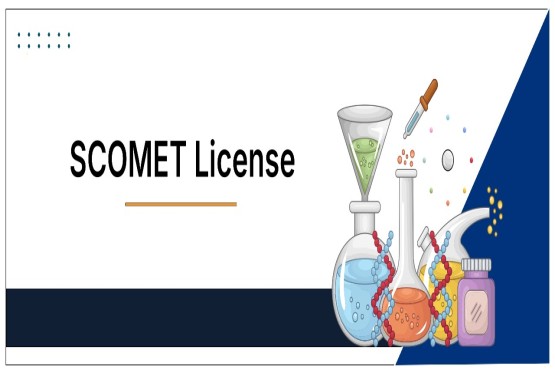



























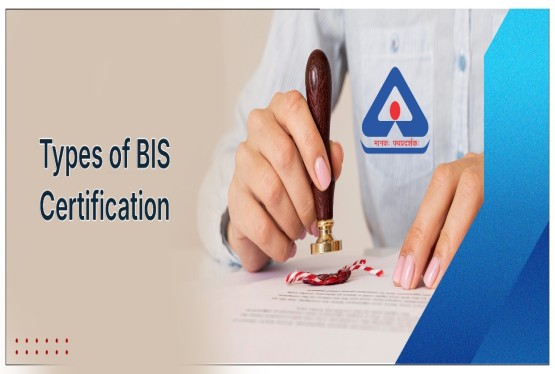

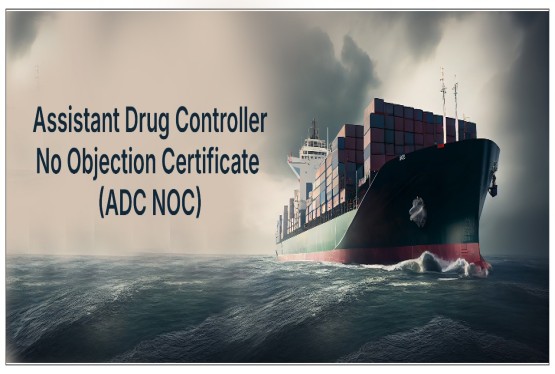






















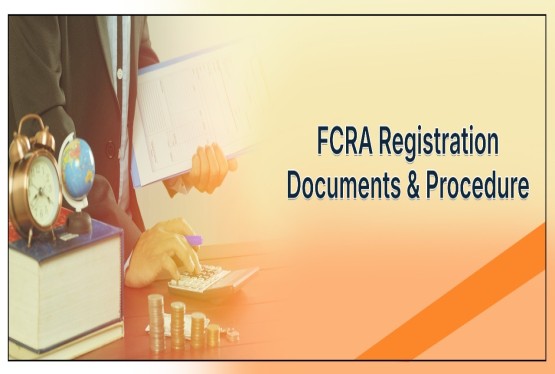


























_crop10_thumb.jpg)








 in BIS FMCS_learn_crop10_thumb.jpg)










_crop10_thumb.jpg)














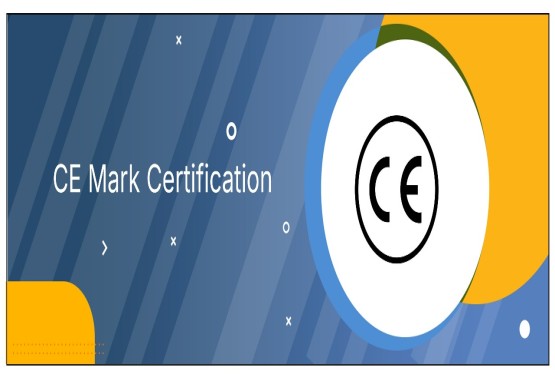
_crop10_thumb.jpg)





_Code C-888_learn_crop10_thumb.jpeg)
_learn_crop10_thumb.jpg)
































































_Certificate_learn_crop10_thumb.jpg)

_Certificate_(1)_crop10_thumb.jpg)

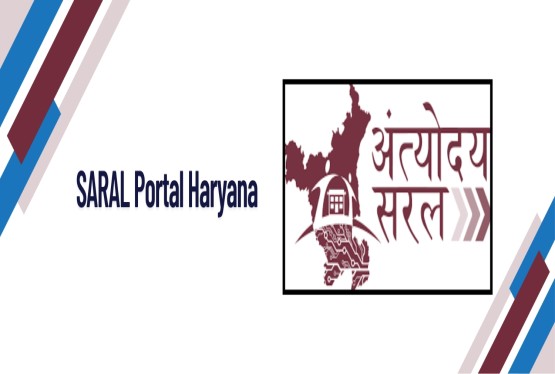




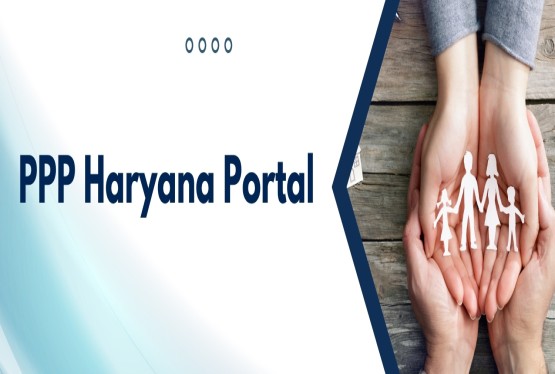








_learn_crop10_thumb.jpg)

_crop10_thumb.jpg)


















_Scheme_learn_crop10_thumb.jpg)


_learn_crop10_thumb.jpg)

